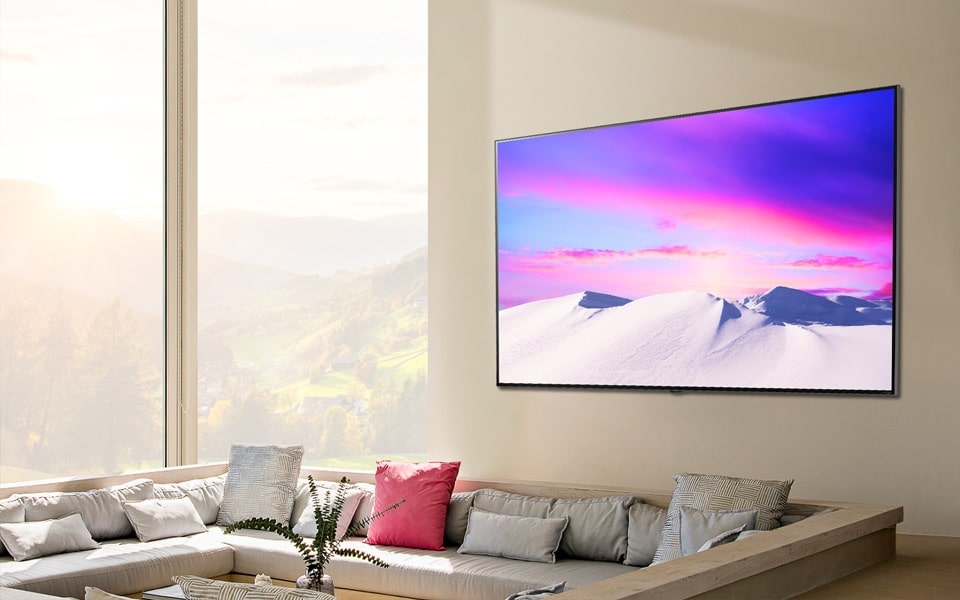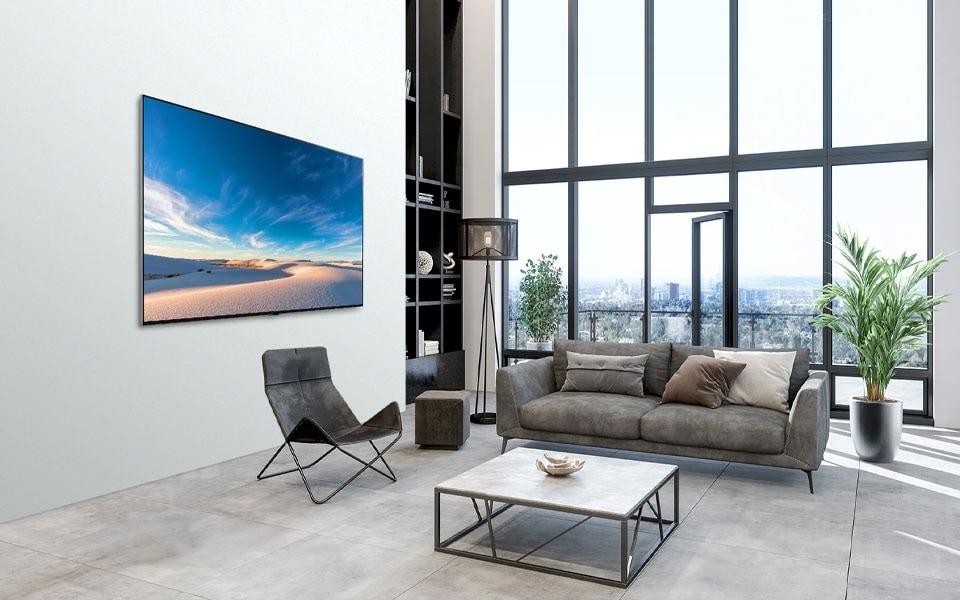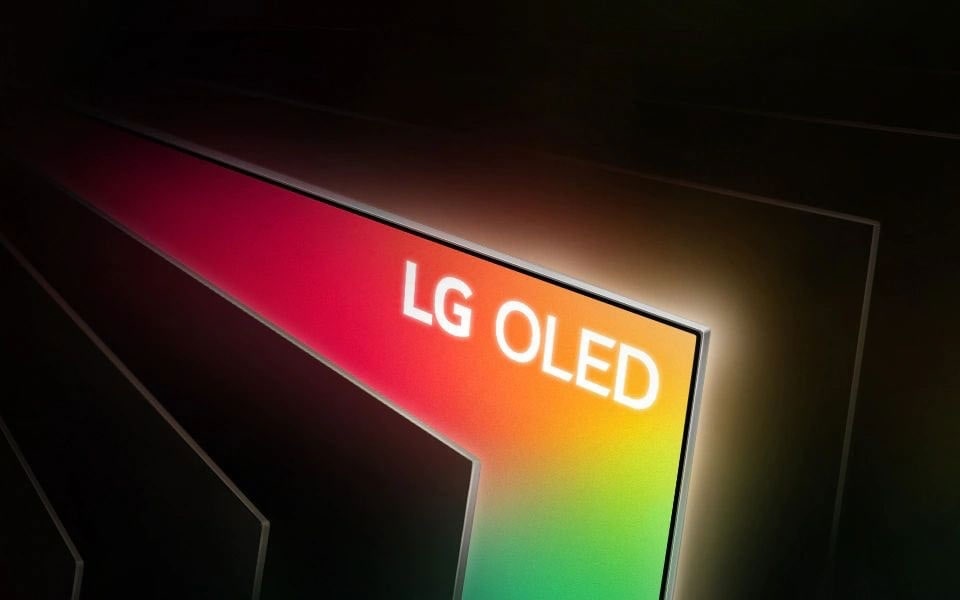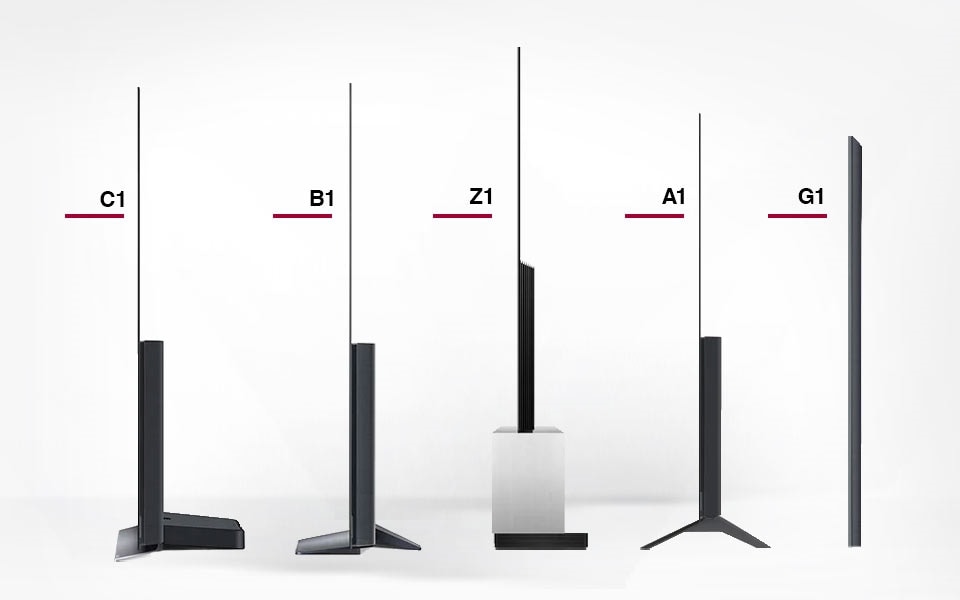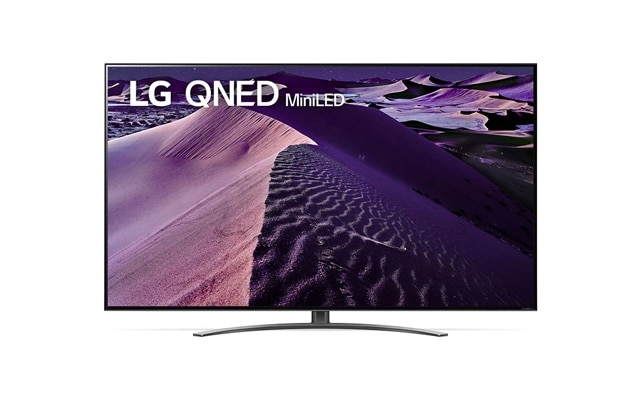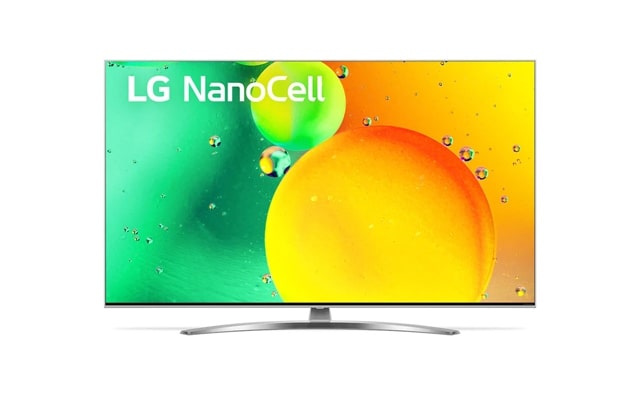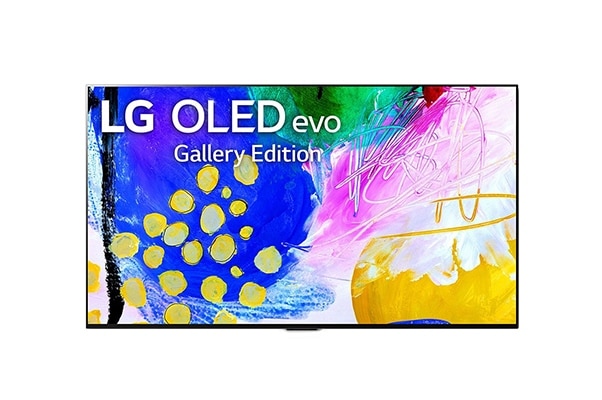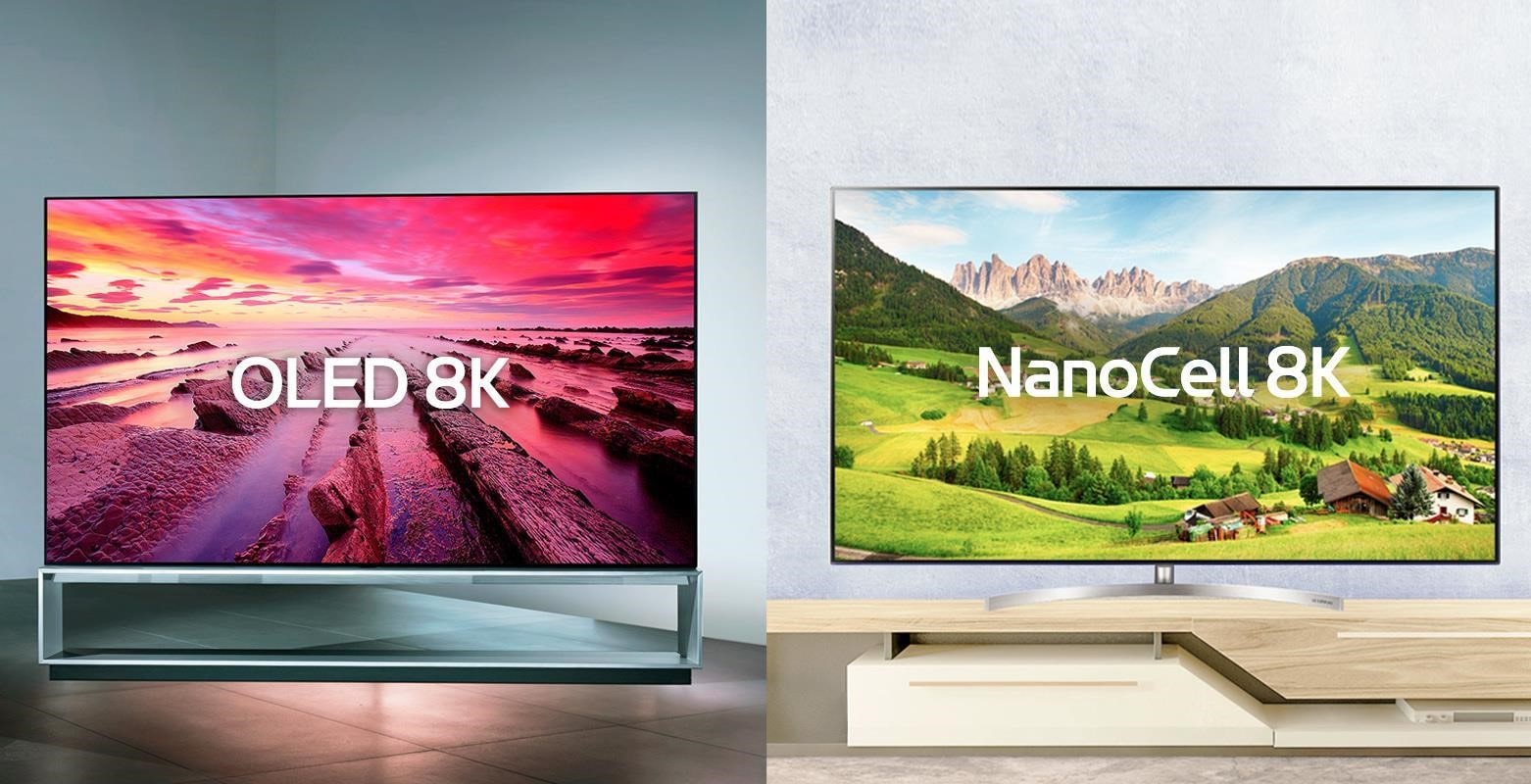We use cookies, including cookies from third parties, to enhance your user experience and the effectiveness of our marketing activities. These cookies are performance, analytics and advertising cookies, please see our Privacy and Cookie policy for further information. If you agree to all of our cookies select “Accept all” or select “Cookie Settings” to see which cookies we use and choose which ones you would like to accept.
Which LG TV is right for you?
By Adrian Back
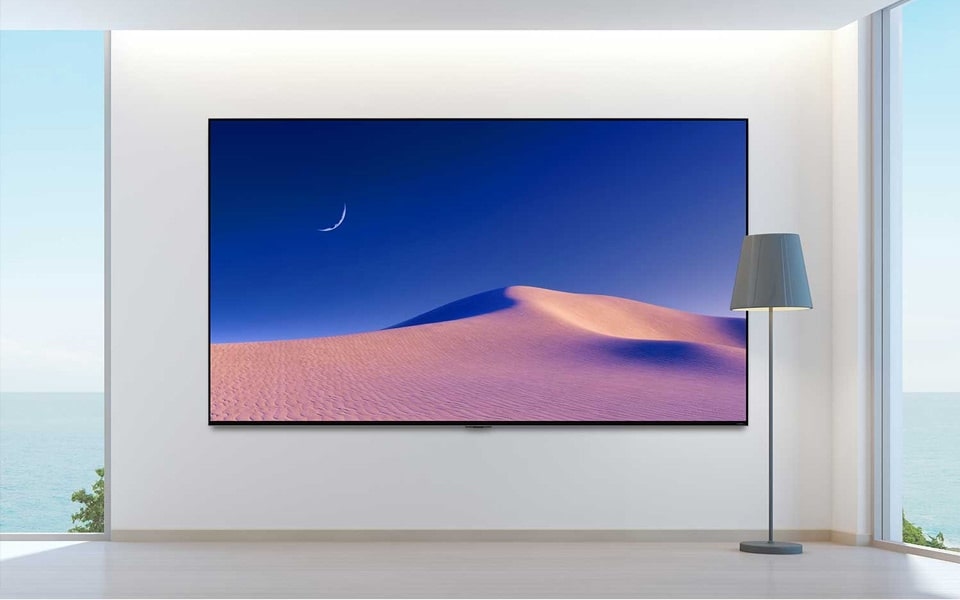
When it’s finally time to upgrade and buy a new TV, choosing the right one can seem somewhat daunting. This will become a part of your home; a place where your family and friends can gather to watch a film, binge a TV show or play the latest video game.
Before you purchase a new TV, there are some key questions you might want to ask yourself to narrow down your options. Is OLED worth the price? What are the best LED TVs? Or, what makes 8K so special? With technology advancing so quickly, it’s easy to feel a bit lost during the process.
To make the task a little easier, we’ve put together this helpful guide so you can discover the perfect TV to suit your needs. Now all you have to do is explore the options to find one that will tick every box on your wishlist.
NanoCell
For those who are afraid to break the bank but still want a TV that delivers remarkable imagery and high-end features, LG NanoCell TVs are an ideal option. Let’s find out why they are so popular.
As the name suggests, NanoCell TVs use nanoparticles. These tiny particles sit behind the screen to filter out duller tones that might affect the picture’s brightness, while also enhancing the colours that make up every frame.
What this means for the viewer
Is that you experience pure and accurate colours that bring images to life. These sharper tones not only help the content leap from the screen, but they also create a uniform picture that delivers exceptional detail – no matter which angle you’re viewing from.
Additionally, the very low input lag is especially helpful for gamers who are looking for a competitive edge when playing online.
Despite being packed with impressive capabilities, a wide range of sizes and both 4K and 8K models, NanoCell TVs remain affordable and intriguing for shoppers who want more out of their television displays.
QNED MiniLED
A brand new edition to LG’s extensive range of TVs, the QNED MiniLED offers viewers the chance to experience richer and even more accurate picture quality on screens as big as 86 inches. This grand offering packs a serious punch when it comes to housing the very latest technology.
In fact, QNED MiniLED TVs are bringing the combination of enhanced Quantum Dot NanoCell display and MiniLED backlighting to the world for the first time.
What this means for the viewer?
Is that these displays can produce intense contrast with the brightest colours and deeper blacks, leading to the finest view in LG LED TVs. This is achieved by MiniLED backlighting, which uses tens of thousands of controllable mini light sources1 as opposed to the several hundred regular light sources that are present in other LED screens.
This not only helps to create a high-definition picture (the difference is immediately visible, especially in bigger screen sizes), but the image quality remains largely unaffected by the lighting within the room – even in bright or naturally lit spaces.
Whether you are watching a movie with the lights off or enjoying a TV show as the sun shines in through the windows, you won’t miss a single detail with this upgraded screen.
OLED
If you’re seeking the best possible picture in a TV that boasts a wealth of groundbreaking features, then the OLED range is a perfect choice. Hugely popular among movie buffs and hardcore gamers, the OLED series provides everything you need for a truly top-tier experience.
For an LG TV comparison, if you have been wondering about what are some of the main what are some differences between OLED and LED?, than we’ll break them down now and go into what makes OLED so special.
OLED TVs are known to create the maximum viewing experience with their perfect blacks and incredible contrast, using self-lit pixels. Not only is the image truly spectacular, but all OLED models also feature flicker-free displays2, low blue light emissions3 and 100 per cent colour fidelity4, which means on-screen colours closely match those of the original image while putting less strain on your eyes.
As they don’t require additional space for backlight, they can also be housed in the thinnest TVs imaginable and be used in curved displays, or even rolled up and hidden away – something LED TVs can’t replicate.
Now that we know the OLED series delivers a dazzling display, let’s take a look at the product range to find the right choice for you.
| A1: OLED entry-level |
| Those curious about buying an OLED TV for the first time can’t go wrong with the A1 range. The wide array of sizes and features make this model popular for every need. |
| B1: An all-around option for better cinema and multimedia immersion |
| Providing great value, the OLED B1 range delivers an elevated experience for those graduating from the accessible A1 model. |
| C1: The most popular choice for movies, gaming and more |
| With a variety of sizes, four HDMI 2.1 ports, G-Sync and FreeSync compatibility, the OLED C1 TV is the most popular choice for movie fans and gamers alike. |
| G1: Pristine picture quality and flush-fit gallery design |
| If you are looking to make a statement with your TV, then the OLED evo G1 will not disappoint. Combining elite performance with a paper-thin display, the aesthetically pleasing gallery design ensures this will be the focal point of your space. |
| Z1: The peak of LG OLED TV |
| This is the show-stopping option – a TV that is made with the most advanced technology. Boasting a huge, yet extremely thin screen with 8K resolution, the Z1 is the very best OLED that LG has to offer. |
A final buyer tip: the difference between 4K and 8K resolution
We’ve gone over the range of LG TVs, but we have yet to talk about resolution. All three options are available with 4K and 8K capabilities, so there will be another decision to make.
Until a few years ago, 4K was seen as the pinnacle of high-resolution picture quality. That was until 8K came along and offered four times as many pixels as 4K panels over the same size screen. This led to a huge difference in colour and clarity, especially when you’re getting up close and personal with the screen.
That being said, there is still relatively little content produced in 8K so the full benefits are not always immediately noticeable. This is something to take into consideration, particularly if you are on a tight budget. However, 8K LG TVs can optimise lower-quality content by using AI-based Alpha-series processors – even if the media isn’t created for 8K.
With so many choices on the market, finding the right TV depends largely on your lifestyle, level of use and eye for design. No matter your budget or demand level, use this guide to determine which LG TV is the best fit for you.
Life’s Good!
1 LG QNED Mini LED TV's approximately 30,000 Mini LEDs is based on the 86-inch 8K model.
2 LG OLED TV panels have been certified as flicker-free and discomfort glare free by UL.
3 LG OLED TV sets, except LG OLED R, have been certified as low-blue light displays by TUV-Eyesafe®.
4 Colour fidelity determines whether a display's colour accuracy is Delta E ≦2 across 125 colour samples.
5 Upscaling for SD content can be limited. SD content played on an 8K TV has only 1/80th of the resolution needed for native TV resolution.








